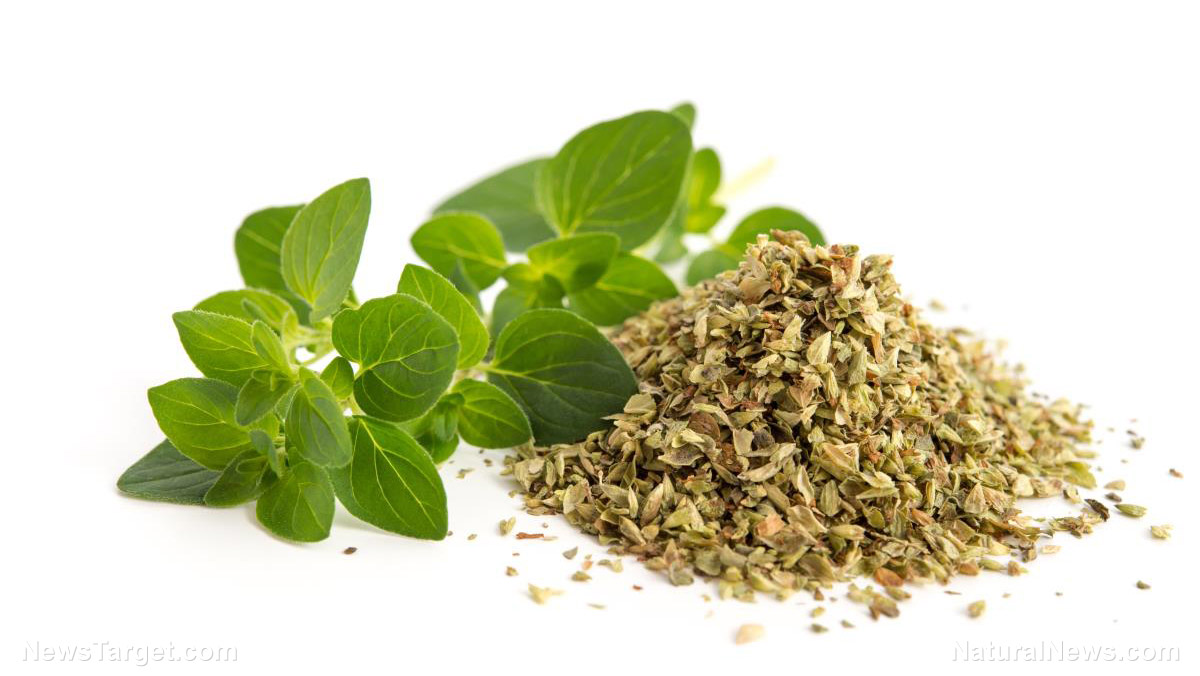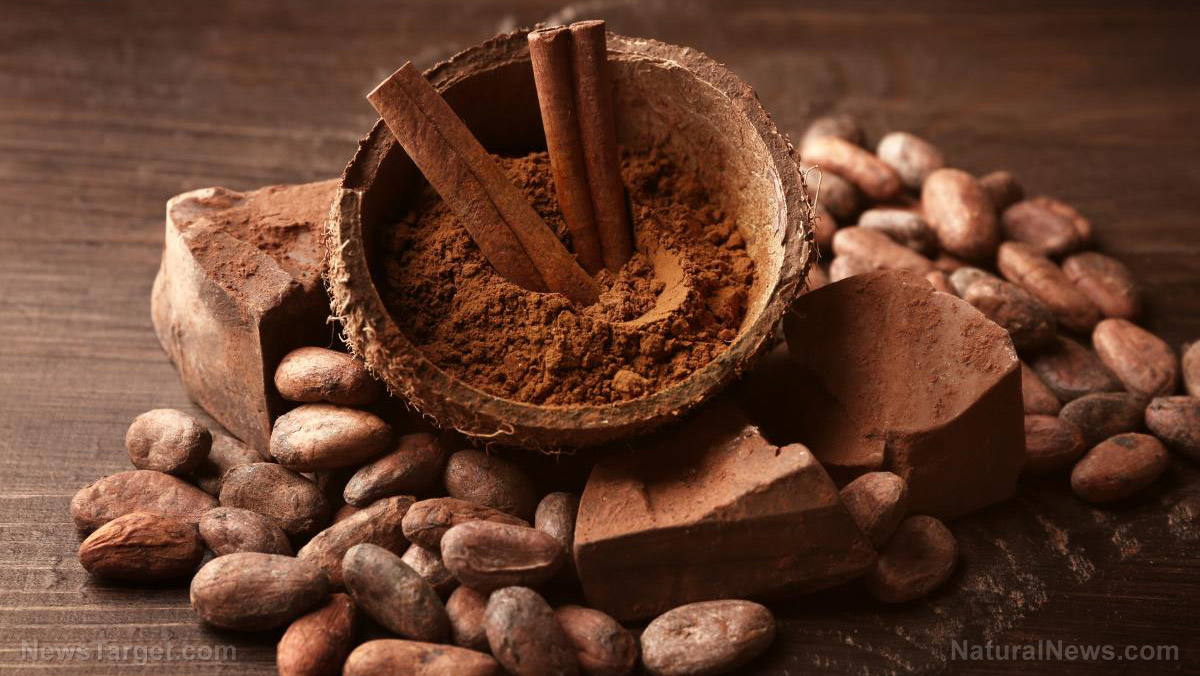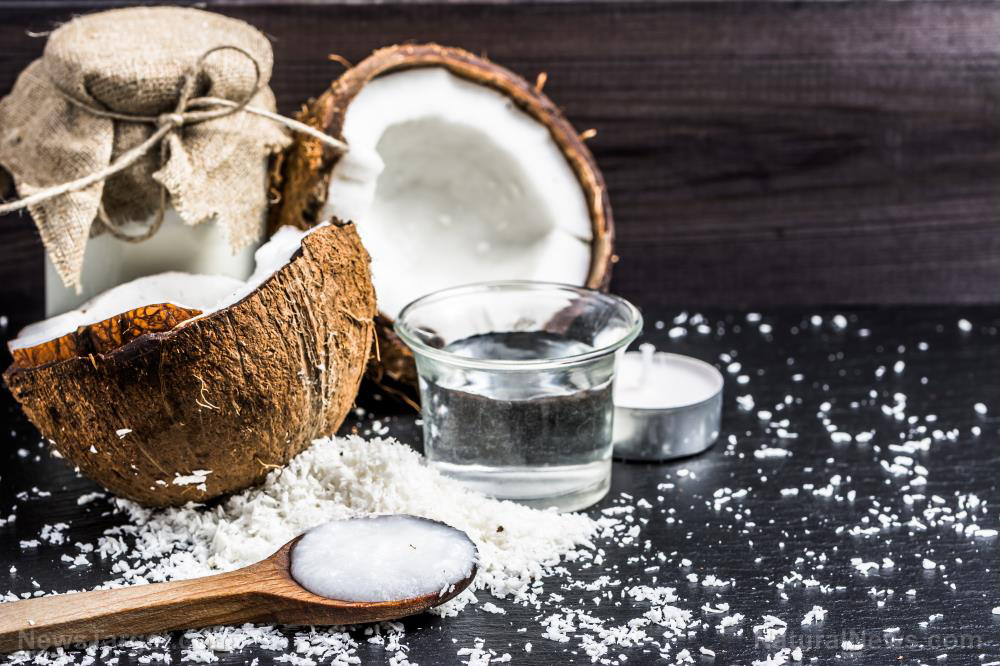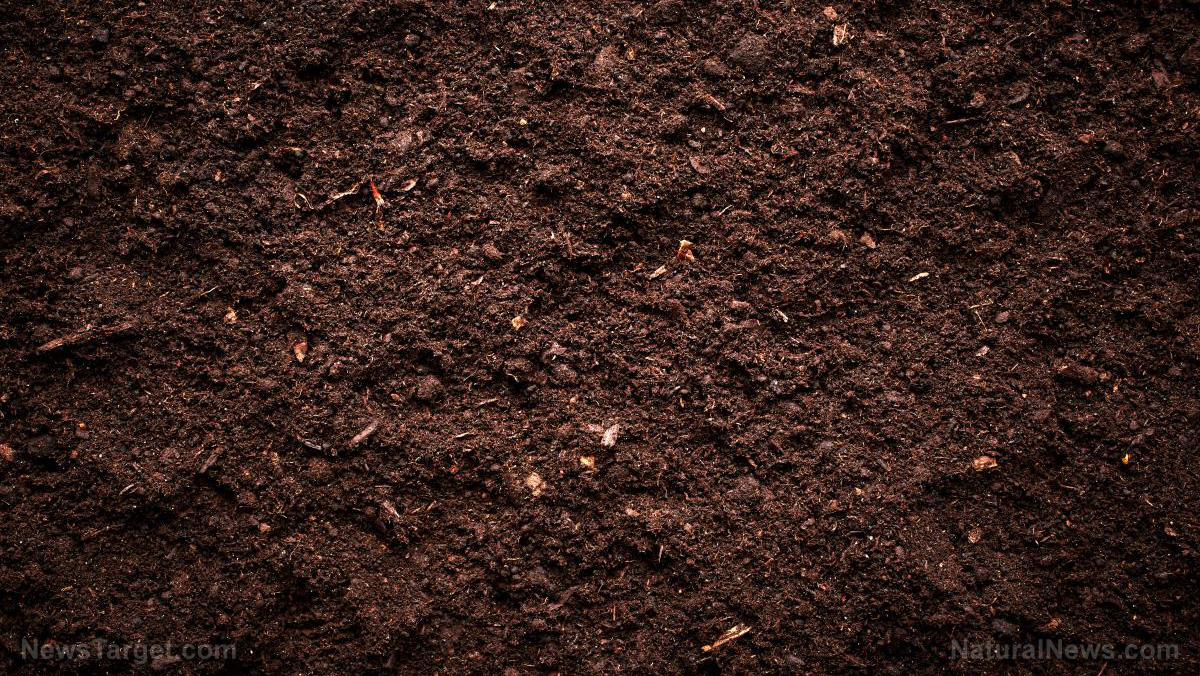Keep these amazing herbs in your kitchen: These plants can be grown indoors all year-round
08/30/2018 / By RJ Jhonson

If you like to cook, then you can appreciate the value of having your very own herb garden. Imagine being able to pick fresh herbs when you need them – free – instead of needing to periodically get your stash from your local grocery. The good news is that getting started isn’t difficult. You won’t even need any outdoor space at all.
Here are some herbs you can grow indoors:
Bay
Laurus nobilis is known for its leaves that have been used since ancient times. It is used in Italian cuisine, as well as a number of cuisines in Asia. It has plenty of health benefits, including anti-inflammatory and anti-diabetic properties. It can also protect your heart from disease.
Bay is a perennial that is best grown in pots. If you must grow it indoors, make sure to place it close to a window that faces either east or west. Be sure it has plenty of space to itself. This will give the plant the sunlight and air it needs to become healthy.
Basil
This herb is a mainstay in many Mediterranean and Asian dishes. Apart from imparting a distinct aroma and flavor to any food it is added to, it has a rich antioxidant and nutritional content that offers a lot of benefits for your health, too.
Basil is best planted from seeds and because it likes the sun, will benefit from being placed close to a south-facing window.
Chives
For all their nutrients, chives do not contain a lot of calories. It contains vitamins A, C, and K, as well as magnesium and potassium, among others. These nutrients make it great for those who are conscious about their bone health, as well as those who want to lower their risk for cancer.
100% organic essential oil sets now available for your home and personal care, including Rosemary, Oregano, Eucalyptus, Tea Tree, Clary Sage and more, all 100% organic and laboratory tested for safety. A multitude of uses, from stress reduction to topical first aid. See the complete listing here, and help support this news site.
Once growing season has ended, you can dig up a clump of chives and transfer it to a pot. Leave the pot outside until the leaves die, and then transfer the pot to a cold spot inside your home during early winter. You can then move the pot close to your brightest window.
Sage
Known for its distinct fragrance, sage is actually related to the rosemary. It imbues a pepper-like flavor, which makes it popular for meat dishes. It has anti-inflammatory, as well as antioxidant properties that help protect from neurodegenerative diseases like Alzheimer’s disease.
Planting sage is simple. Just replant a cutting from an existing plant and place the pot close to a south-facing window.
Tarragon
This herb is popular across Europe, Asia, and North America. It can be added to salads, as well as stews and other dishes. It is a good source of omega-3 fatty acids, as well as vitamins A, B, and C, and minerals like potassium, magnesium, and manganese.
To maximize tarragon’s growth indoors, make sure to give it a break around early winter or late fall. As with chives, leave it outside after re-potting from a mature plant. In winter, move it to a cool indoor spot and then place it close to a south-facing window where it can enjoy a lot of sunlight.
Oregano
This herb is popular in many Mediterranean dishes. It also has potent antioxidant properties that help boost your immune system, detoxify your body, and protect your heart from disease. It also helps maintain proper digestion.
You can plant oregano in a pot using a cutting from a mature plant. Make sure this cutting includes the tip. Put the plant close to a south-facing window to give it sunlight.
Find great gardening ideas for your home at HomeGardeningNews.com.
Sources include:
Tagged Under: basil, bay, chives, good food, good herb, good plant, herb garden, Herbs, home gardening, indoor garden, Kitchen, oregano, sage, tarragon




















